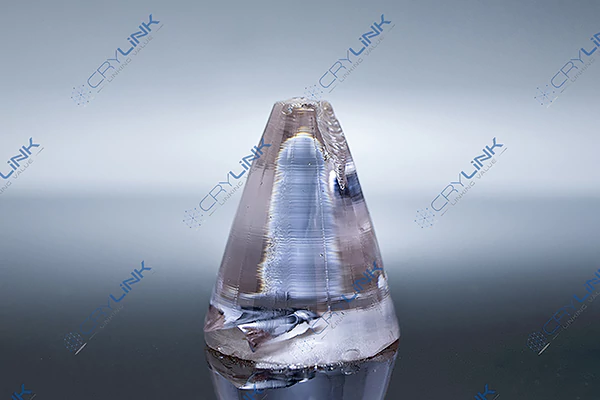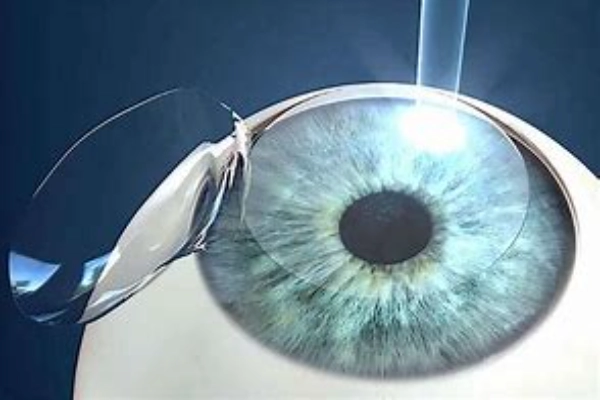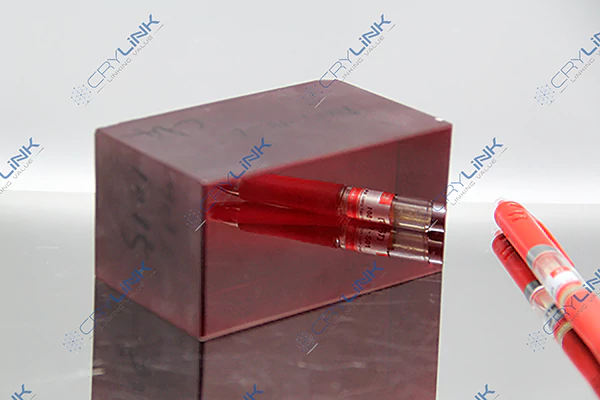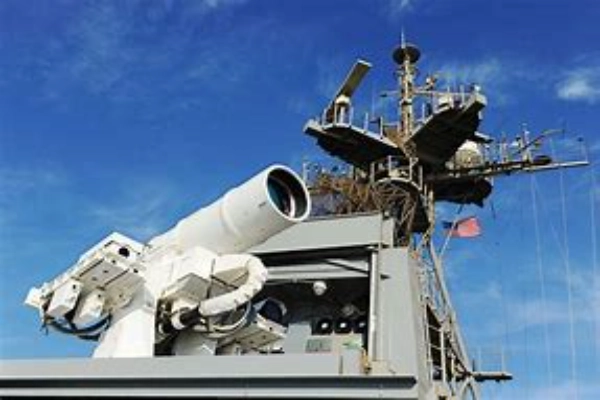Introduction
High-power lasers have revolutionized various industries, from material processing to medicine, communication, and defense. Their unique properties and capabilities have made them indispensable in numerous applications. In this article, we delve deep into the various domains where high-power lasers play a pivotal role, emphasizing the key features and challenges in each application.

Material Processing with High-Power Lasers
Material processing has witnessed a significant transformation with the advent of high-power lasers. These lasers, with their exceptional capabilities, have become a cornerstone in various manufacturing and fabrication processes. One of the most notable applications of high-power lasers is in precision cutting and welding. Traditional methods often fall short in terms of accuracy and finish, but with lasers, the results are nothing short of perfection. The laser’s ability to concentrate its energy on incredibly small areas ensures that the surrounding regions remain largely unaffected by the heat.
This results in cuts that are not only clean but also have minimal thermal distortion. Welds created using high-power lasers are known for their strength and durability. The weld joints are more refined, and the chances of defects like porosity or cracks are significantly reduced. However, like all technologies, it’s not without its challenges. One of the primary concerns when using high-power lasers in cutting and welding is the management of heat. Excessive heat can lead to material deformation or even damage the laser equipment. Ensuring a consistent power supply to the laser is also crucial to maintain its efficiency and output quality.
Another remarkable application of high-power lasers is in the surface treatment and hardening of materials. Over time, materials, especially metals, are prone to wear and tear, corrosion, and fatigue. Lasers offer a solution to enhance the surface properties of these materials, making them more resilient to external adversities. When a laser interacts with a material’s surface, it induces rapid heating followed by an equally rapid cooling cycle.
This sudden temperature change leads to the formation of hard microstructures on the material’s surface. These microstructures significantly increase the material’s resistance to wear and corrosion. Moreover, the surface becomes harder, enhancing its overall lifespan and performance. In industries where material longevity and performance are paramount, such as aerospace or automotive, the role of high-power lasers in surface treatment is invaluable.
In conclusion, high-power lasers have redefined the paradigms of material processing. Their precision, efficiency, and versatility make them an indispensable tool in modern manufacturing and fabrication setups. As technology continues to advance, we can anticipate even more innovative applications and solutions stemming from the use of high-power lasers.

Medical Applications of High-Power Lasers
The medical field has always been at the forefront of adopting innovative technologies, and the integration of high-power lasers is a testament to this. These lasers have ushered in a new era of medical treatments, offering solutions that were previously deemed challenging or even impossible.
In the realm of ophthalmology, the introduction of high-power lasers has been nothing short of revolutionary. Traditional eye surgeries were often invasive, requiring longer recovery times and posing risks of complications. However, with the advent of procedures like LASIK, the landscape of vision correction surgeries has changed dramatically.
LASIK harnesses the power of lasers to meticulously reshape the cornea, the clear front surface of the eye. By doing so, it addresses vision issues like myopia (nearsightedness), hyperopia (farsightedness), and astigmatism. What makes this procedure stand out is the precision with which the lasers operate. They can remove minute layers of corneal tissue without causing significant damage to the surrounding areas. This precision not only ensures effective vision correction but also reduces post-operative discomfort and speeds up recovery.
Another groundbreaking application of high-power lasers is in the treatment of tumors. Traditional surgical methods of tumor removal can be invasive and might not always access hard-to-reach areas. Lasers offer a minimally invasive alternative. They can be directed to target and obliterate tumors with remarkable accuracy. This is especially beneficial for tumors located in sensitive or difficult-to-access regions of the body.
The laser’s pinpoint accuracy ensures that the surrounding healthy tissues remain largely unaffected, reducing the chances of collateral damage. However, the use of lasers in tumor ablation is not without challenges. One of the primary concerns is ensuring the complete eradication of malignant cells. Even a few lingering cells can lead to a recurrence of the tumor. Hence, while lasers provide a promising solution, continuous monitoring and follow-up are essential to ensure the complete success of the treatment.
In essence, high-power lasers have carved a niche for themselves in the medical world. Their precision, efficiency, and minimally invasive nature make them a preferred choice for various treatments. As research progresses and technology advances, we can expect even more medical breakthroughs stemming from the use of these lasers.

Communication Systems and High-Power Lasers
The evolution of communication systems has been marked by continuous advancements, and the integration of high-power lasers stands as a significant milestone in this journey. These lasers, with their unique properties, have expanded the horizons of communication, enabling data transmission in environments and over distances that were previously challenging.
Satellite communication, a cornerstone of global connectivity, has greatly benefited from the capabilities of lasers. Traditional methods of data transmission in space, primarily relying on radio waves, often faced challenges like signal loss over vast distances. Lasers, with their coherent and concentrated beams, have emerged as a game-changer in this domain. They can transmit vast amounts of data over immense distances with minimal attenuation, ensuring that the information reaches its destination with high fidelity.
This has not only enhanced the speed of data transfer but has also significantly improved its reliability. However, space is not devoid of challenges. The Earth’s atmosphere, with its varying densities and compositions, can scatter and absorb the laser beams, leading to potential data loss. To counteract this, advanced error-correction mechanisms have been developed. These systems can detect and rectify errors in the transmitted data, ensuring that the information remains intact and accurate.
Another fascinating application of lasers in communication is in the underwater realm. The underwater environment poses unique challenges for communication. Traditional radio waves, which work effectively in open air, face rapid attenuation underwater, making long-range communication nearly impossible. This has been a significant challenge, especially for submarines and underwater drones that require reliable communication channels.
Lasers have provided a promising solution to this conundrum. Their ability to transmit data over short to medium ranges underwater has opened up new avenues for underwater communication. Submarines can now communicate with surface vessels or other submarines with greater reliability. Similarly, underwater drones, used for exploration or surveillance, can relay information back to their control stations more effectively.
In conclusion, high-power lasers have redefined the paradigms of communication, both in space and underwater. Their ability to transmit data with high precision and over challenging terrains makes them an invaluable asset in modern communication systems. As technology continues to evolve, it is evident that lasers will play an even more prominent role in shaping the future of global connectivity.

Defense and High-Power Lasers
The realm of defense has always been marked by rapid technological advancements, and the integration of high-power lasers stands as a testament to this continuous evolution. These lasers, with their unique capabilities, are redefining modern warfare and security strategies, offering solutions to challenges that were previously deemed insurmountable.
Missile defense systems have been a critical component of national security for several nations. With the increasing sophistication of ballistic missiles, traditional defense mechanisms often fall short. High-power lasers offer a promising alternative. These lasers, with their concentrated beams, can be directed towards incoming threats, intercepting and neutralizing them mid-air. The energy from the laser heats the missile’s exterior, causing structural failure and rendering the missile ineffective. This approach not only ensures the safety of the target area but also reduces the risk of collateral damage.
However, the dynamic nature of warfare presents challenges. Missiles, especially hypersonic ones, travel at incredible speeds, making them difficult to track and target. Advanced tracking systems, coupled with adaptive optics, are being developed to ensure that the laser remains focused on the fast-moving target. Additionally, the effective range of the laser, determined by its power and atmospheric conditions, is a factor that needs continuous optimization.
In recent years, drones have emerged as a new challenge in defense scenarios. These unmanned aerial vehicles, with their ability to carry payloads and conduct surveillance, pose significant threats. Traditional anti-aircraft systems often struggle to detect and neutralize smaller drones due to their size and flight patterns. High-power lasers offer a solution to this growing concern.
With their precision targeting, lasers can disable drones by damaging their electronics or propulsion systems. This ensures that the airspace remains secure, preventing potential threats from gaining a vantage point or delivering harmful payloads. The ability to neutralize drones silently and swiftly makes lasers an invaluable asset in modern defense strategies.
In essence, high-power lasers are shaping the future of defense. Their precision, speed, and adaptability make them a formidable tool against modern threats. As research progresses and technology continues to evolve, it is evident that lasers will play an even more significant role in ensuring global security and peace.

Crystals in High-Power Lasers
While discussing high-power lasers, it’s essential to mention the crystals used in them. Crystals like Nd:YAG (Neodymium-doped Yttrium Aluminum Garnet) and Ruby are commonly used in solid-state lasers. These crystals amplify the laser light, enabling the generation of high-power beams.
Conclusion
High-power lasers have carved a niche for themselves in diverse fields, from industrial applications to advanced defense systems. Their precision, power, and versatility have made them indispensable. As technology advances, we can only expect their influence to grow, paving the way for more innovations and breakthroughs.
FAQs
- Q1: What are the advantages of using high-power lasers in material processing?
- A1: High-power lasers offer precision, minimal heat-affected zones, and the ability to work with a range of materials.
- Q2: How do high-power lasers contribute to medical surgeries?
- A2: They offer precision in procedures like LASIK and tumor ablation, ensuring minimal damage to surrounding tissues.
- Q3: Are there challenges in using lasers for communication?
- A3: Yes, atmospheric disturbances can affect laser communication, and underwater communication has range limitations.
- Q4: How do crystals play a role in high-power lasers?
- A4: Crystals like Nd:YAG amplify the laser light, enabling the generation of high-power beams.
- Q5: Are high-power lasers used in defense applications?
- A5: Yes, they are used in missile defense systems and drone neutralization.

Frank
Frank graduated from the University of Shanghai for Science and Technology, majoring in optics. As a technical engineer at Crylink Company, he deeply understands crystal materials and laser components.
Related Video(s) with this Article
Related Product(s) with this Article
Related Application(s) with this Article
